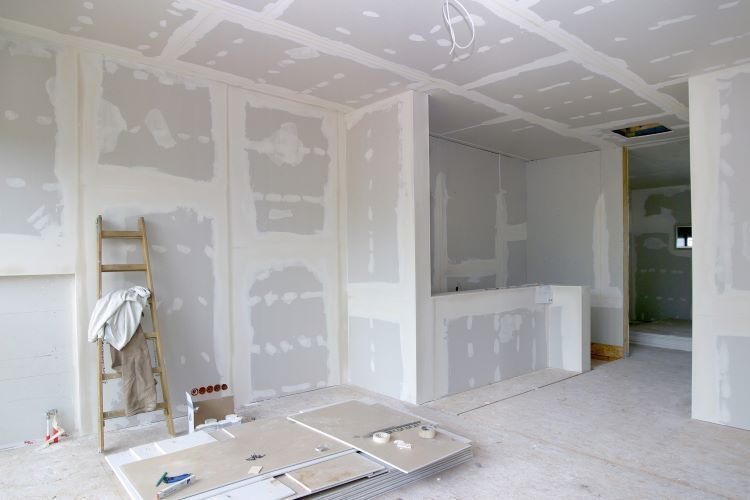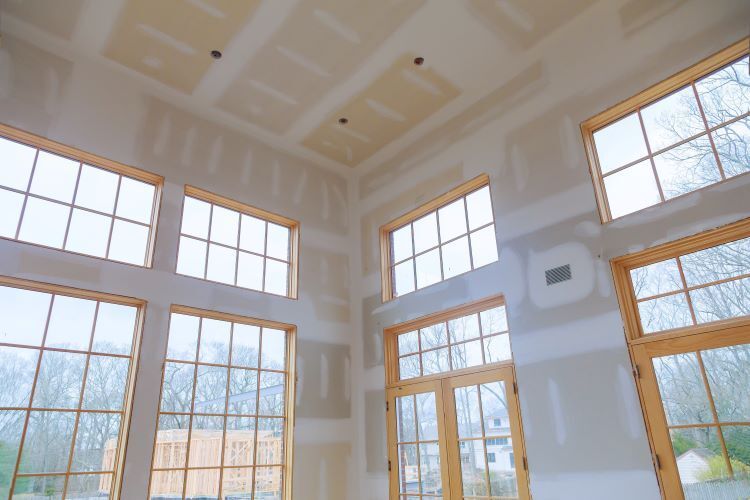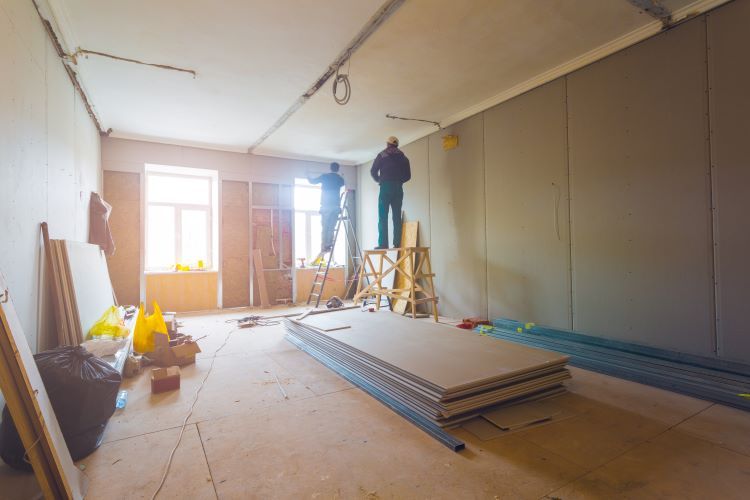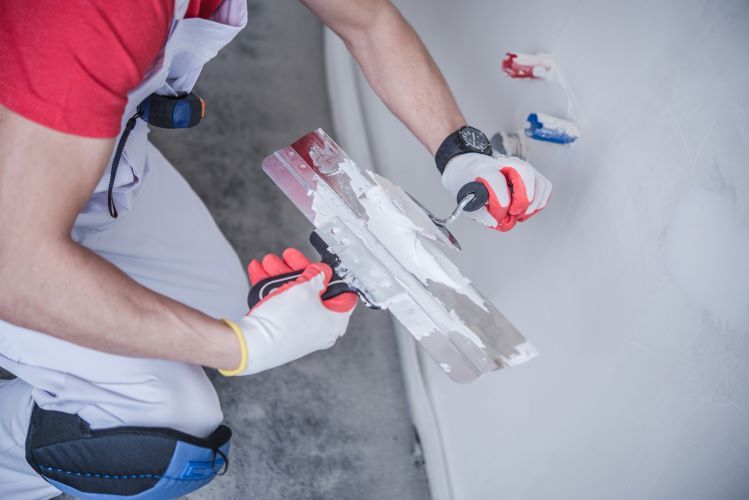Choosing the Right Drywall for your Basement

When it comes to finishing your basement, selecting the right drywall is crucial for creating a space that is both comfortable and durable. Basements present unique challenges, including moisture, temperature fluctuations, and the potential for mold growth. Therefore, the type of drywall you choose can have a significant impact on the longevity and safety of your finished basement. At St. John's Drywallers, we understand the importance of making the right choice for your basement drywall. In this article, we'll guide you through the key considerations and the best drywall options for your basement project.
1. Understanding Basement Conditions
Before diving into the types of drywall available, it’s important to understand the specific conditions in a basement that influence your choice:
- Moisture Levels: Basements are typically more prone to moisture and humidity, which can lead to mold and mildew growth.
- Temperature Variations: Basements often experience greater temperature fluctuations, which can cause expansion and contraction in building materials.
- Potential for Flooding: Depending on your location and the construction of your home, basements may be at risk for flooding or water damage.
Given these factors, it’s essential to choose drywall that can withstand these conditions and maintain its integrity over time.
2. Types of Drywall for Basements
Moisture-Resistant Drywall
Also known as green board or blue board due to its distinctive color, moisture-resistant drywall is specifically designed to repel water. It has a core that is treated with a water-repellent substance and a moisture-resistant paper facing.
- Best For: Areas of the basement that are prone to dampness, such as exterior walls or sections near plumbing.
- Advantages: Helps prevent mold and mildew growth, adding an extra layer of protection against moisture.
- Considerations: While it offers good moisture resistance, it’s not completely waterproof and should not be used in areas that are frequently exposed to water.
Mold-Resistant Drywall
Mold-resistant drywall goes a step further than moisture-resistant drywall by including additional mold inhibitors. This type of drywall is particularly useful in basements where mold growth is a concern.
- Best For: Entire basement areas, especially where moisture levels are higher.
- Advantages: Provides enhanced protection against mold and mildew, making it ideal for basements.
- Considerations: It is typically more expensive than standard drywall, but the investment is worth it for long-term durability and health safety.
Fire-Resistant Drywall (Type X)
Fire-resistant drywall, often referred to as Type X, is designed to slow the spread of fire, providing extra time for evacuation and firefighting efforts. While fire resistance may not be the primary concern in a basement, it’s an important consideration, especially if the basement includes a furnace room or will be used as living space.
- Best For: Areas near heating equipment, such as furnaces, or when using the basement as a living area.
- Advantages: Offers fire protection, adding safety to your basement space.
- Considerations: Fire-resistant drywall is heavier and slightly more difficult to install than standard drywall.
Paperless Drywall
Paperless drywall is another excellent option for basements. Instead of the traditional paper facing, it uses a fiberglass mat, making it more resistant to mold and moisture.
- Best For: Basements with high moisture levels or those prone to minor flooding.
- Advantages: The lack of paper facing significantly reduces the risk of mold growth, and the fiberglass mat provides added durability.
- Considerations: Paperless drywall can be more challenging to finish, requiring more effort to achieve a smooth surface.
3. Additional Considerations
Insulation
When finishing your basement, don’t overlook the importance of insulation. Proper insulation behind your drywall can help regulate temperature, reduce energy costs, and prevent moisture buildup. Consider using a moisture barrier along with insulation to protect your walls from dampness.
Vapor Barriers
In some cases, installing a vapor barrier between the drywall and the insulation is recommended. This barrier helps prevent moisture from seeping through the walls and into your living space, reducing the risk of mold and mildew.
Professional Installation
While DIY drywall installation is possible, hiring professionals ensures that the job is done correctly, especially in a basement environment where moisture and mold are concerns. Professional installers have the experience and tools necessary to handle the unique challenges of basement drywall finishing.
4. Choosing the Right Finish
Once you’ve selected the appropriate drywall, the next step is to choose the right finish for your basement walls. Consider these options:
- Smooth Finish: A classic and versatile choice that works well in most basements, giving the space a clean, polished look.
- Textured Finish: Adds visual interest and can help hide minor imperfections in the drywall surface.
- Moisture-Resistant Paint: Use a moisture-resistant paint to add an extra layer of protection against dampness.
Conclusion
Choosing the right drywall for your basement is a critical step in ensuring the long-term success of your renovation project. With options like moisture-resistant, mold-resistant, fire-resistant, and paperless drywall, you can protect your basement from the unique challenges it faces, including moisture, temperature fluctuations, and potential mold growth.
At St. John's Drywallers, we are committed to helping you create a basement space that is not only beautiful but also safe and durable. Our team of experts can guide you through the selection process and provide professional installation services to ensure your basement drywall is finished to the highest standard.
Contact us today to learn more about our basement drywall finishing services and how we can help you transform your basement into a comfortable, functional space.
You might also like



Book a Service Today
We will get back to you as soon as possible
Please try again later
St. John's Drywallers
Navigation
Navigation
Working hours
- Mon - Fri
- -
- Sat - Sun
- Appointment Only
*This is a referral website. All work is performed by professional, licensed contractors.